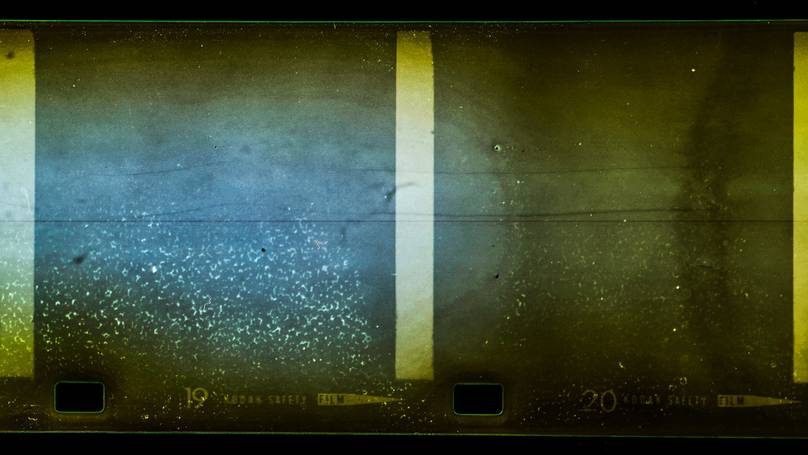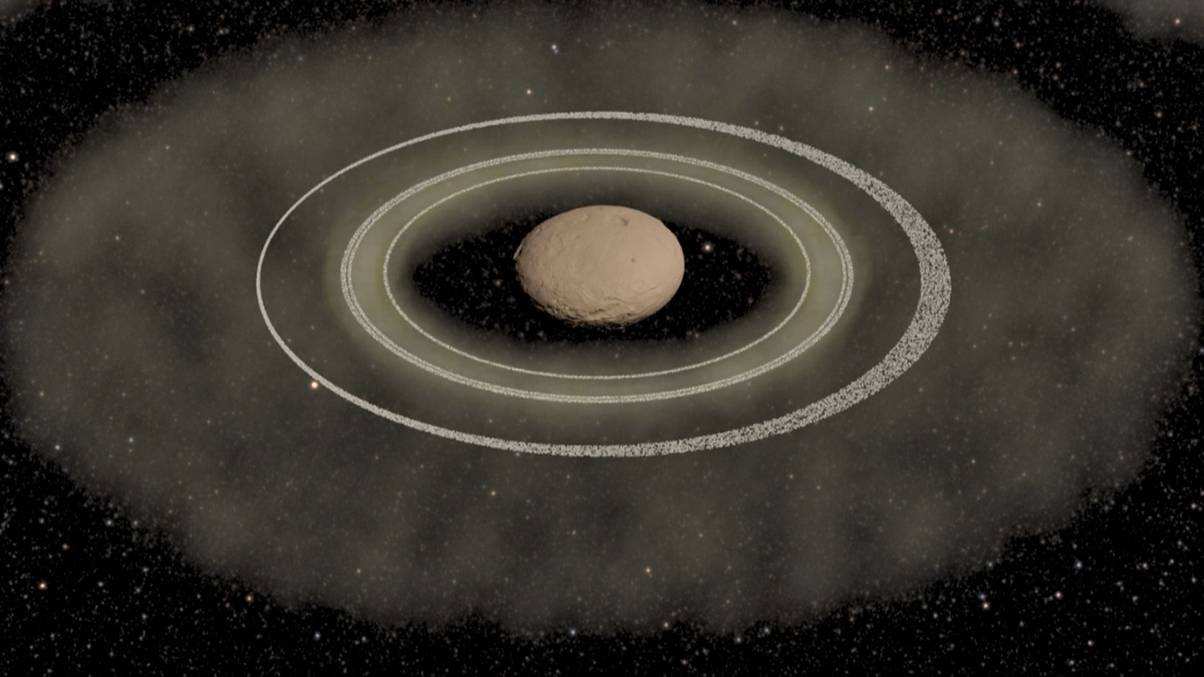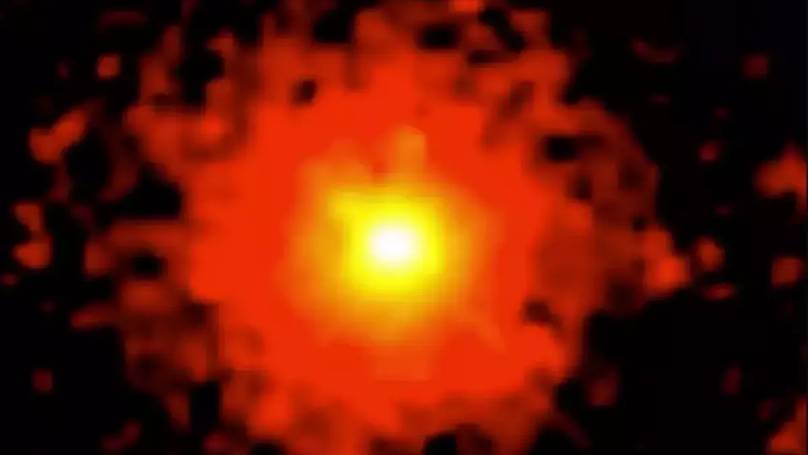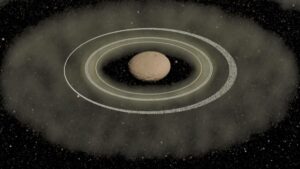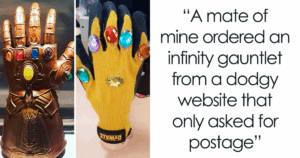“Decades-Old Camera Trap Reveals Stunning New Evidence in the Search for the Elusive Loch Ness Monster!”
For centuries, the Loch Ness Monster has sparked curiosity, skepticism, and countless late-night debates over a pint. Why does Nessie continue to capture our imaginations long after we’ve let go of other childhood fantasies like the Tooth Fairy? Perhaps it’s that tantalizing blend of mystery and folklore, or maybe it’s just the thrill of believing something extraordinary could lurk beneath those murky waters. Now, as if to either validate—or dash—the hopes of both diehard fans and curious skeptics, a set of photographs taken from a 50-year-old camera trap has finally been uncovered. They promise to reveal more about the elusive creature, but instead, they seem to lean towards the notion that Nessie may simply be a figment of our nostalgic imaginations. So, what will these long-lost images mean for the future of Nessie lore? Let’s dive into the depths of this intriguing find! LEARN MORE
For many believers, in-betweeners and even doubters, there’s been a need for cold, hard evidence to justify the existence (or non-existence) of the Loch Ness Monster.
And whether they want to pay attention to it or not, there are now photographs that can back up claims – claims it’s not real, that is.
While many people grow out of believing in things like the Boogeyman or the tooth fairy, Nessie is the one mythical creature many people go into adult life with the full faith she’s real.
Scientists from Oxford have previously came out to ‘solve’ the mystery while enthusiasts really reckon they’ve seen her in the Scottish loch.
And now these photos have finally been developed from a 50-year-old camera trap to discover the truth about the legendary Loch Ness Monster.
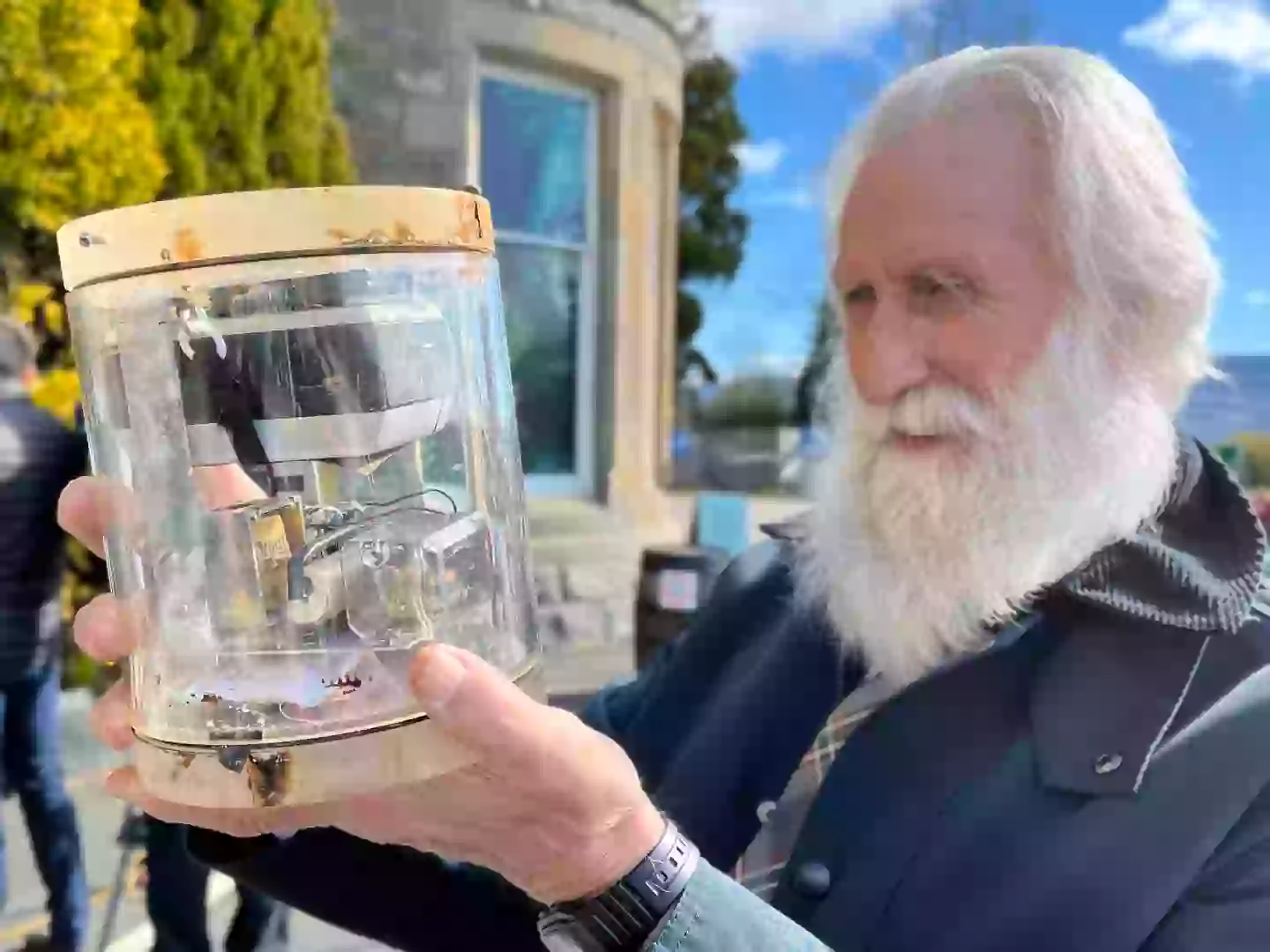
Adrian Shine helped identify the camera. (National Oceanography Centre/PA Wire)
A robotic submersible undergoing engineering trials there came across the trap believed to have been left by Nessie hunters back in 1970.
The camera is thought to be one of the earliest attempts to snap a photo of her and was found 180 metres deep in the water during trials of the National Oceanography Centre (NOC) vessel.
It was found in good condition, encased in clear waterproof housing and an NOC engineer was able to develop its film.
But rather than coming across jump scares of Nessie herself in the photos, the famous inhabitant of the Loch Ness doesn’t seem to have shown her face.
Founder of the Loch Ness Project back in the mid 70’s, Adrian Shine, helped to identify the camera as one of the six placed in there by Professor Roy Mackal of the Loch Ness Investigation Bureau and the University of Chicago.
“It was an ingenious camera trap consisting of a clockwork Instamatic camera with an inbuilt flash cube, enabling four pictures to be taken when a bait line was taken,” Shine explained.

The photos had no sign of Nessie. (National Oceanography Centre)
“It is remarkable that the housing has kept the camera dry for the past 55 years, lying around 180 metres deep in Loch Ness.”
The Autosub vehicle (which most of us know best as Boaty McBoatface) found the camera when part of the mooring that was holding the system in place got caught on its propellar.
It’s been getting tested in the Loch Ness for over a decade, yet to have come across the monster.
“At 230 metres deep, Loch Ness is an ideal location to test our robotics, their sensors and systems, before they’re deployed in the deep ocean to help answer the big questions we have,” said Sam Smith of NOC’s marina autonomous robotics systems group.
“While this wasn’t a find we expected to make, we’re happy that this piece of Nessie-hunting history can be shared and perhaps at least the mystery of who left it in the loch can be solved.”

